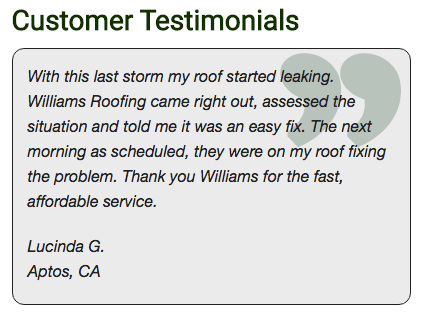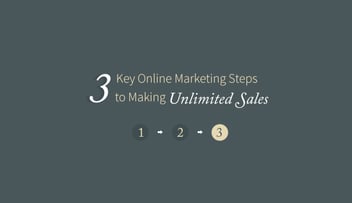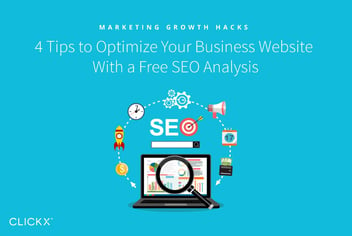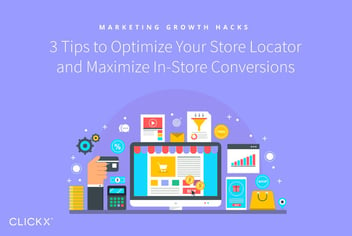3 Ways to Turn Business Website Visitors Into Qualified Leads
The whole point of Search Engine Optimization (SEO) is to organically boost your website’s traffic. However, your entire strategy quickly falls apart if you aren’t converting the visitors to your business website into full-fledged customers.
It’s easy to get wrapped up in the technical process of optimizing your site for traffic, but it’s vitally important to pay attention to converting potential customers into solid leads too. Focusing on where visitors enter the ‘sales funnel’ is a key concept for both content marketing and customer conversions.
In this post, we’ll go over what a sales funnel is, then follow up with three simple ways to increase the number of leads you can generate using your existing traffic. Let’s get started!
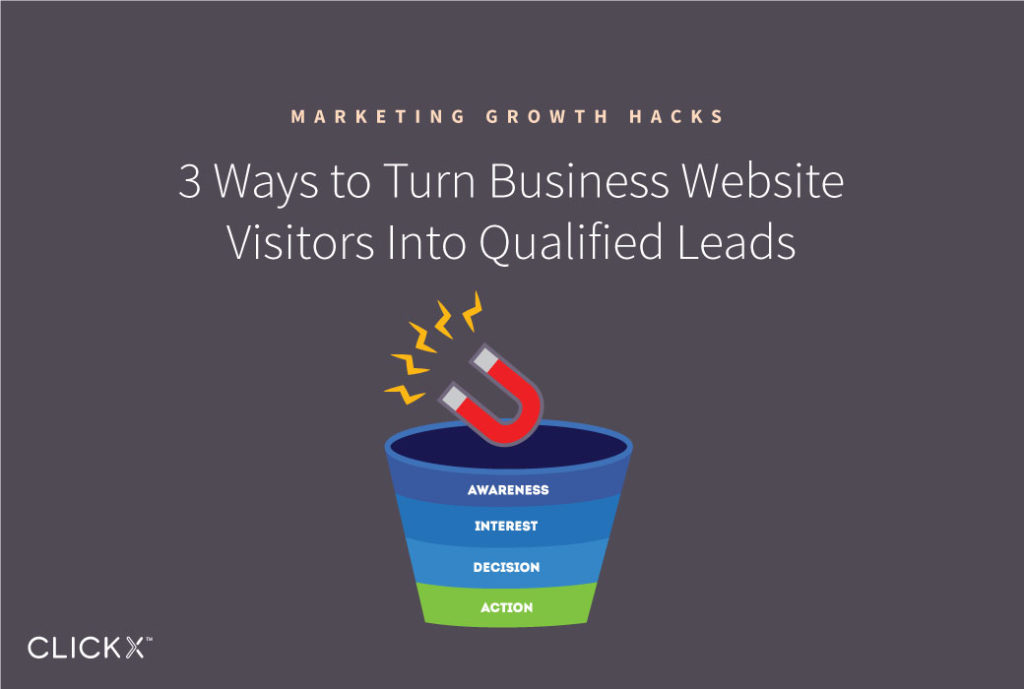
Key Takeaways
- A sales funnel is a buying process created to lead customers to purchase.
- Opt-in offers and testimonials improve your chances of making a sale.
- If you have high-ticket products, creating a low-barrier offering can increase your conversion rate.
What is a Sales Funnel?
A sales funnel is when a business leads a customer through a specific process that ends with a sale. This often consists of several steps that differ depending on your specific sales model.
All content marketing on your website is part of your sales funnel, and its overall goal should be to attract lots of visitors to your site. In turn, you hope to turn them into leads.
Your content leads readers through a journey that prepares them to make a purchase. It means for your content to do its job, it must become a strong part of the sales funnel. Let’s take a look at how to optimize your site to turn those visitors into leads.
3 Ways to Turn Business Website Visitors Into Qualified Leads
How do you turn your content marketing strategy into a strong part of your sales funnel? While there are many potential ways, here are three strategies we’ve seen our clients succeed with.
1. Entice Visitors With an Opt-in Offer
Opt-in offers have a simple premise—they’re deals in exchange for the visitor taking action, such as subscribing to a newsletter, making a phone call, or completing a sale. However, it takes more than a simple call to action for this to happen. A good opt-in offer, also known as a ‘lead magnet’, sweetens the pot to encourage visitors to follow through.
An effective opt-in offer should:
- Offer specific, relevant benefits.
- Relate to the reason people who visit your site in the first place.
- Give visitors a reason to look forward to your emails, or return to the site.
Over time, you may find you need to create many lead magnets before landing on the right one. It could be a coupon, a free t-shirt, a digital download, or any number of other examples. Whatever you choose, make sure it’s relevant to your business and valuable for the reader.
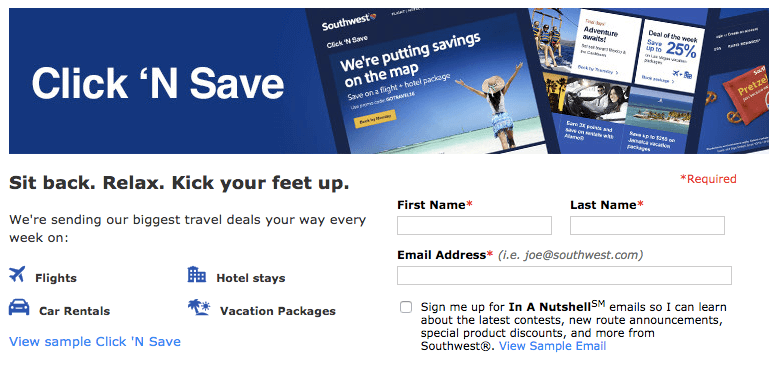
Southwest Airlines sends travel deals if you subscribe to their newsletter.
Here are a few ways to settle on the right opt-in offer:
- Research popular books and online courses available from sites such as Amazon or Udemy for inspiration.
- Ask your subscribers how you can improve existing content.
- Answer questions from your blog’s comment section.
- Look at your traffic analytics to see what kind of content is most popular on your site.
- Turn a blog post into a PDF, or create a complementary checklist.
2. Build Trust With Testimonials
You’ve given people an incentive to take an action with an opt-in offer, but that isn’t always enough. They also want to hear from trustworthy, reliable sources that you’re a company worth doing business with.
The answer is testimonials. They build social trust – which can be a powerful sales tool – and you should use them to your advantage.
[Tweet “Testimonials build social trust, which can be a powerful sales tool.”]
However, creating a dedicated page on your site isn’t the only way to incorporate testimonials. You can also integrate them into your posts and pages, weaving a tapestry of customer success stories into the essence of your business:
However, obtaining these testimonials can be tricky. A solid testimonial won’t appear from thin air, no matter how amazing your business is. Keep these tips in mind when gathering testimonials:
- Ask a location-specific question to help get a feel for their story—for example, “What makes San Francisco such a special place for you and your restaurant?”
- Ask questions that lead to your relevance in the current market, such as “What is the story behind the roof damage your restaurant suffered, and how did that lead you to us?”
- Ask for photos of the client, and the work you’ve already done with them if possible—for example, “Can you provide photos of you with the repair work we provided you and/or how it has impacted your own customers?”
3. Ease in Customers With a Low Barrier Product
At this point, it’s time to lock in the remaining visitors who still feel hesitant about taking action. If your business has high-ticket sales, the gap between blog reader and paying customer may be too wide.
To help ease in new customers, you can offer a low-barrier product. By creating a product that appeals to low-budget customers, you enable them to build a relationship with you without breaking the bank. In addition, a low-barrier product can introduce your business to new markets, helping you to begin new customer relationships to boot.
Here’s some basic requirements to consider for choosing your low-barrier product:
- It must be cheap to produce and sell.
- It must prequalify customers for bigger services or products.
Start by looking at your current offers, and try to distinguish a single element that would be useful independently. This could be educational material, a sub-service, or even selling a particular tool—don’t be afraid to think simply. A few real-world examples of this are:
- Guitar picks for an instrument shop.
- Shoelaces for a shoe store.
- Audio programs for life coaches.
- Fragrances for a high-end fashion company.
Once you’ve settled on something, look around and make sure you price competitively with your chosen market.
Bonus: Boost Profits With Tasteful Upsells
Now that you’re converting more visitors into qualified leads, you can boost profits with tasteful, relevant upsells. Think about them as a win-win situation:
- The customer feels special when they get a bonus at a discounted price.
- The probability of an existing customer buying from you again is 60%–70%, whereas your probability of making a sale to new prospects is 5–20%.
Meanwhile, an upsell can significantly increase the lifetime value of a customer. To get your gears turning, here are a few simple ways other companies incorporate upselling to boost profits:
- “Would you like to upgrade that to a large for just 25 cents?”
- “This is frequently purchased with this other product or service.”
- “Would you like to upgrade that to our premium version for $25, which is 50% off of the normal $50?”
- “Would you like to buy an extended warranty with that?”
Conclusion
Bringing in search traffic by optimizing your site is only useful if those visitors turn into qualified business leads. By failing to expand your sales funnel, you risk losing potential customers.
There are many ways to optimize your site for building business leads, including:
- Creating an enticing opt-in offer.
- Building trust with testimonials.
- Easing in new customers with a low-barrier product.
What’s more, once you’re finished implementing these, by working on upselling your high-ticket products you can also boost your profits and build customer loyalty.
Did any of these ideas get you thinking about improving your own sales funnels? Let us know in the comments section below!


